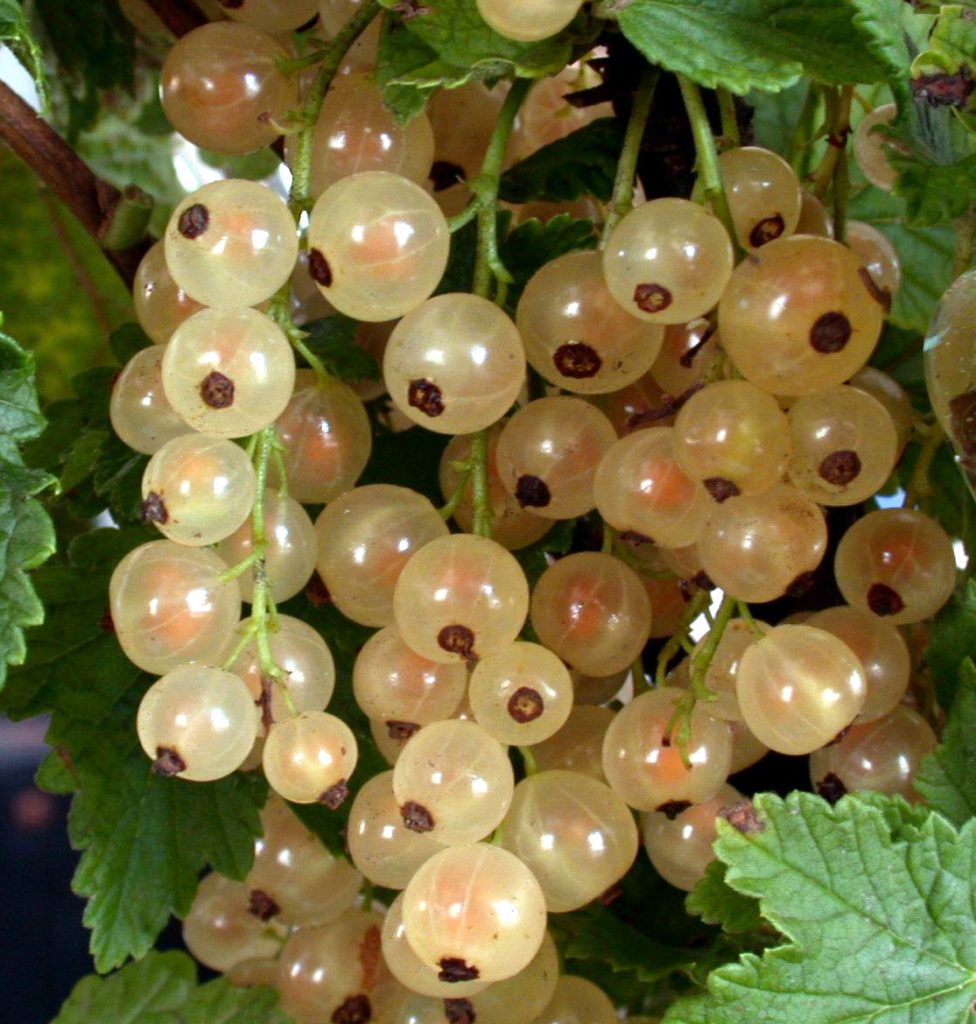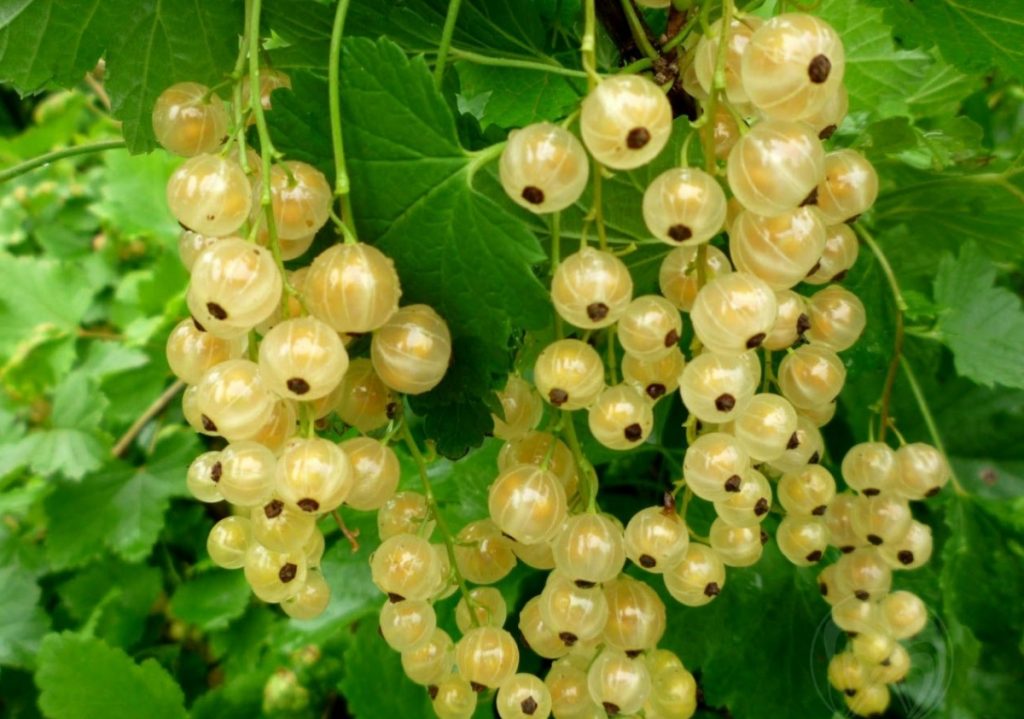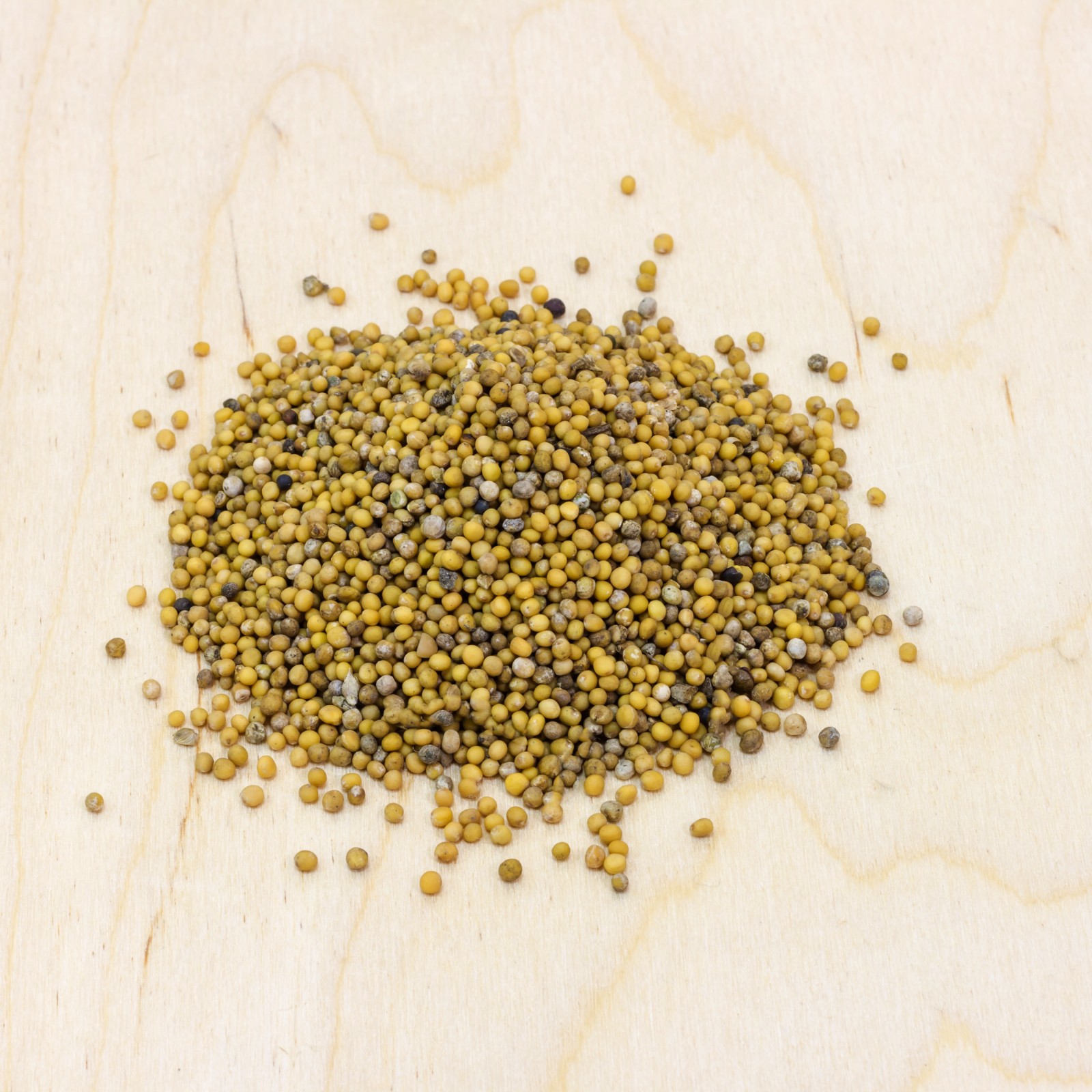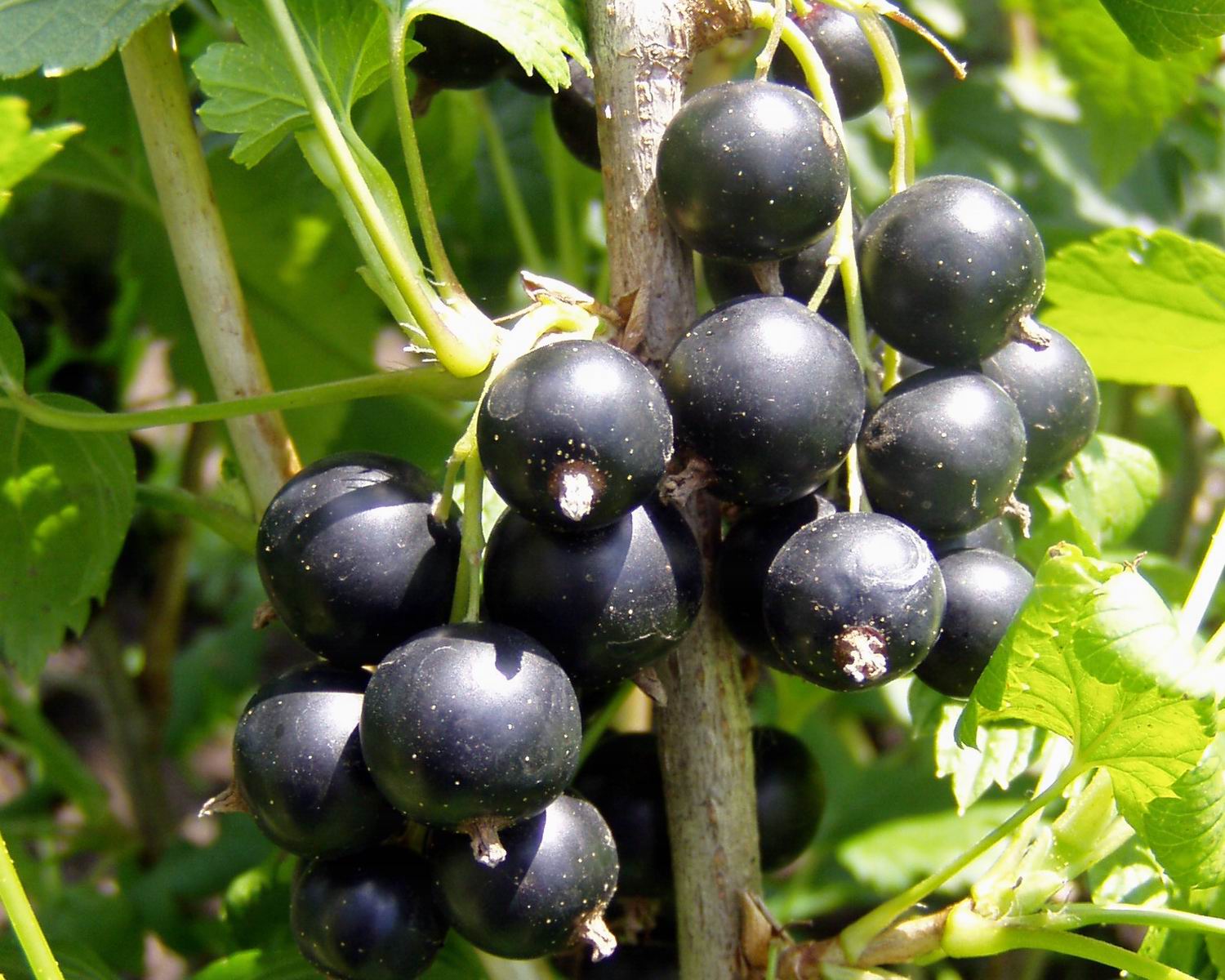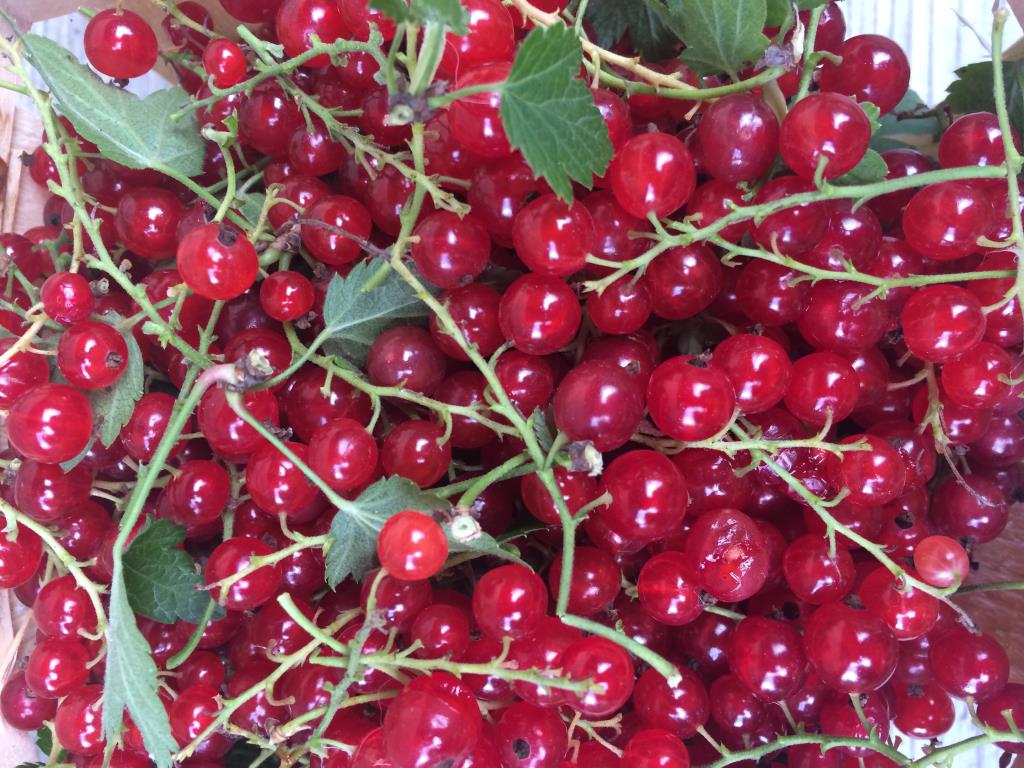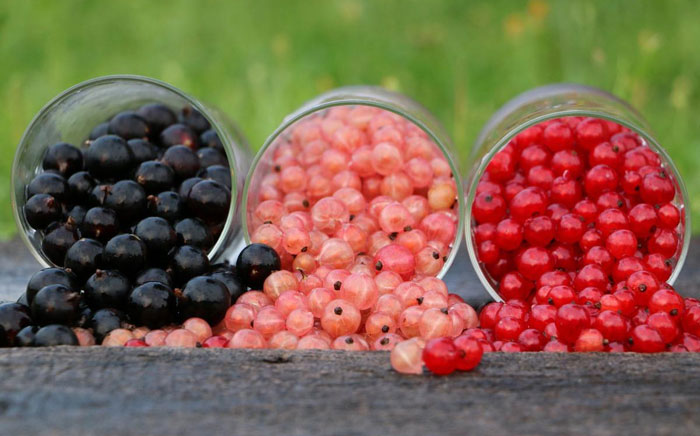Content:
For children, black currants are useful, for parents - red, and the older generation prefers white currants - this is an excellent preventive measure for better blood clotting and other diseases.
Description
White currant (in Latin Ribes niveum) refers to deciduous perennial crops from the Gooseberry family. The shrub grows up to 1.5 m and bears fruit for 20 years or more. Small rounded fruits that form clusters have a white color, sometimes with a golden tint.
The berries have a sweet and sour taste and a delicate texture. Similar to red currant, but with a softer and lighter flavor.
The berries are tastier than that of black currants, but they are 5 times lagging behind in terms of vitamin C. But they are more beneficial for the cardiovascular system, thanks to iron and potassium.
The flavoring qualities of berries are determined by the variety and degree of maturity. When ripe, they are sweet and refreshingly sour.
Beneficial features
The calorie content of white berries is 42 kcal per 100 g.
White currants are rich in vitamins:
- A (7 mgk). Supports the immune system, improves vision;
- C (40 mg). Fight against vitamin deficiency, activation of immunity;
- Group B. Improving memory, stimulating intellectual development, taking care of the health of hair and nail plates, responsible for skin elasticity, increasing erectile function in men;
- E (0.3 mg). Elixir of youth, protection from cataracts, resistance to free radicals;
- Calcium (36 mg). Production of hormones, strengthening of bones;
- Iron (0.5 mg). Oxygenation of organs and tissues;
- Magnesium (9 mg). Removal of chronic fatigue and insomnia, prevention of muscle spasms;
- Potassium (270 mg). Prevention of ulcerative pathologies;
- Phosphorus (23 mg). Normalization of energy exchange, coordination of acid-base balance.
Contraindications
White currants are able to cause harm body with:
- gastritis;
- ulcer;
- hemophilia;
- hepatitis.
Popular varieties of white currant
Gardeners prefer white currant varieties with large berries.
Ural white currant
In 2004, scientists from the South Ural Research Institute bred an early ripe berry culture. Ural white currant is distinguished by frost resistance and productivity - up to 6 kg per plant.
The bush is medium spreading, dense, low. The berries have a pleasant sweet and sour taste. Weigh up to 2 g. Self-pollinated variety. Ripening of berries falls in June-July.
Benefits:
- culture is not demanding to care for;
- optimal for the central zone of Russia;
- amicable ripening of large-fruited currants;
- withstands frosts - up to -30 ° С.
- universal consumption.
Minus - the rarity of watering affects the reduction in berry sizes.
Belyana
Tasters believe that Belyan's currant is superior to other mid-season varieties due to its exquisite taste. Pale yellow color of berries, clusters of medium length, translucent, hanging. The frost-resistant variety has proven itself well in the Moscow region. Remove up to 4 kg of berries from the bush. Fruit weight - in the range of 0.6-1.5 g.
Benefits:
- drought resistance;
- immunity to powdery mildew;
- winter hardiness - not afraid of cold weather down to -34 ° С;
- taste qualities.
Minus - during transportation, the thin skin is mechanically damaged.
Boulogne
Refers to a mid-early variety. The bush is powerful, low. Takes out the thickening of plantings. The berries of the white currant Boulogne are round, cream-colored. The pulp is sweetish with sourness. Productivity - up to 4 kg per bush. The minimum berry weight is 0.7 g, the maximum - 0.9 g. Ripening occurs in the middle of summer.
Benefits:
- disease resistance;
- high productivity.
Disadvantages:
- susceptibility to anthracnose;
- cold fear.
Jüterborg
Mid-season western European variety suitable for growing in northern regions. The bush is drought-resistant. Fruits are large and medium with a creamy shade. The sweetness of taste and yield up to 8 kg are the distinctive features of the Jüterborg currant. The berry mass ranges from 0.7 to 1 g.
Benefits:
- high-yielding currants;
- heat resistant;
- fruits do not fall off for a long time after ripening.
Minus - amazed by anthracnose.
Belyanka
Refers to a fruitful self-fertile variety. The medium-sized bush has straight shoots with five-lobed matte green leaves. Hanging brushes differ in density. The weight of the berries ranges from 0.6 to 2.5 g. Productivity - 4.1. kg. Belyanka currant fruits are characterized by:
- roundness;
- transparency;
- paucity of seeds;
- pale yellow;
- dry separation.
Benefits:
- cold resistance;
- cooling taste;
- simultaneous ripening of berries.
The downside is low transportability.
For the Moscow region, the best varieties of white currant are considered:
- Minusinskaya white and Boulogne;
- Dessert and Ural white;
- Belyana.
Agrotechnics
Landing rules
Currants are planted both in autumn (last decade of September - early October) and in spring, usually in April. It is advisable to prepare a place for culture in the fall.
The place for planting currants is chosen illuminated, without a close occurrence of groundwater. Landing in swampy and low-lying areas is not recommended. High humidity gives rise to lichens, and then the death of the bush.
Ground requirements:
- fertility;
- water, - and air permeability.
A neutral or slightly acidic earth with a pH of 5.5 is suitable. The acidified soil is limed. White currants like loams and clayey soil, but they also grow on other, lighter and more fertilized soil.
When digging the land, fertilizers are applied per 1 m2 of area:
- compost (bucket);
- superphosphate (20 g);
- ash (200 g);
- potassium sulfate (10 g);
- urea (15 g).
A pit for planting currants is dug half a meter wide and 40 cm deep. They pour earth fertilized with peat, humus, superphosphate on the bottom. For the formation of powerful roots, white currants are planted at an angle of 45 °. Observe the interval between the bushes - 1-1.5 m in order to avoid thickening of the plantings and ensure the development of the plant. Before planting, the currants are kept in water for a day.
Care secrets
Features of caring for currants are pruning, watering, feeding, pest control.
Pruning
At the beginning of spring, after snowmelt, sanitary pruning of white currants is performed: removal of old, sick, broken, frozen branches. Before flowering, the plants are treated with Bordeaux mixture (1%). Mulch is raked under the bushes, the soil is loosened 7-10 cm in depth. After 21 days, the operation is reproduced.
Shaping to the spot - before sap flow or in the fall. In newly planted currants, branches are reduced to 3-4 buds. In bushes that are 2-3 years old, 3-4 developed shoots are left. Carry out the root cutting of the remaining branches to the base. Every year 3-4 strong shoots are left from the basal shoots, and the rest of the shoots is removed. The procedure is carried out until the currant has up to 16 or 20 skeletal branches of different ages.The growth of annual fruiting branches does not need to be pruned - this threatens to reduce the yield.
In summer, the soil on the site is kept moist and loose, weeds are regularly weeded.
Watering
The timeliness of watering white currants at the stage of berry formation is appreciated. Otherwise, they become small and tasteless.
It is important that the ground is saturated with water 30 cm deep. 20-30 liters of liquid are consumed per 1 m2 of plantings. To retain moisture in the soil, add mulch under the currants.
Fertilizer
In the summer season, foliar feeding on foliage using polymicro-fertilizers is just right. A solution is prepared from 10 liters of water, to which is added:
- zinc sulfate (2-3 g);
- copper sulfate (1-2 g);
- manganese sulfate (5-10 g);
- ammonium molybdate (2-3 g);
- boric acid (2-2.5 g).
The introduction of top dressing is accompanied by mulching the soil with a mixture of manure and peat. Promotes the digestibility of fertilizer, moisture retention, as well as protection of currants from weeds. Spraying the bushes will have a positive effect on the size of the fruit and their ovary.
Pest and disease control
Carefully monitor the condition of the white currant during the growing season. The appearance of harmful insects and diseases on currants signals the need to use fungicides, biological products or herbal infusions. Agronomists emphasize that white currants are resistant to glass and currant mites. The appearance of powdery mildew does not cause much harm to the bush.
Reproduction methods
Reproduction varieties of white currants are carried out:
- cuttings;
- layering.
Cuttings
The most common way to propagate crops is by cuttings. A harvesting of 25-30 cm of cuttings is carried out, which is cut from annual bushes. To retain moisture, they are immersed in paraffin. Thus, the duration of storage of the planting material in the refrigerator is ensured. Before planting currants, the paraffin layer is cleaned. When planting cuttings, 4 buds remain under the ground, the minimum amount on the surface is 2. Be sure to introduce humus or peat when planting. For rooting, it is useful to maintain moisture in the seedling for a long time.
Breeding by layering
An equally popular method to propagate currant varieties is horizontal bends. In the spring, grooves are made under the plant to a depth of 10 cm. Two-year-old branches are placed in the grooves, fixed with pins along the length and sprinkled with soil. In the summer, intensive watering and mulching of the furrows will be required. At the end of September, shoots that have developed roots are used. Just right to cut off from the uterine bush and transplant to a permanent place.
The health benefits and flavor of the berries are driving the growing popularity of white currants among gardeners. Any personal plot is suitable for its cultivation. In order for the currant to please every year with healing berries, it is important to observe the cultivation techniques and competently care for the crop. Beginner gardeners will be helped by a description of the culture and agricultural techniques when growing white currants.
